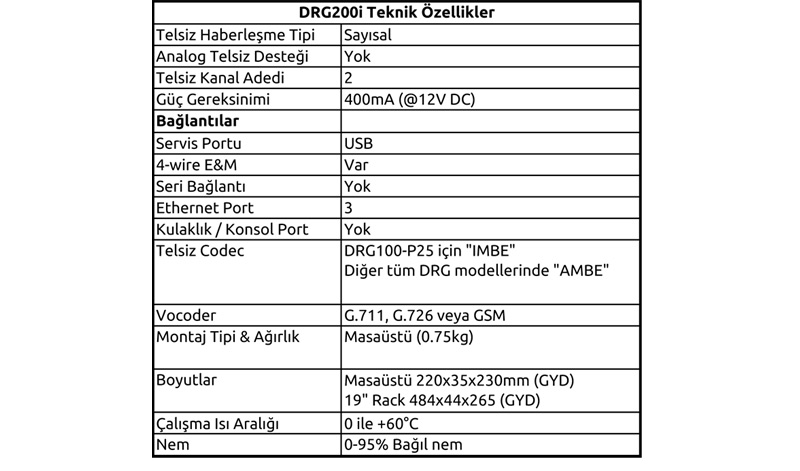Lower Overheads
Through the use of an existing IP Infrastructure and replacement of expensive leased lines & microwave links. Additionally, gateways allow radios with point-to-point protocols to be shared amongst a number of operator positions.

Lower Overheads
Through the use of an existing IP Infrastructure and replacement of expensive leased lines & microwave links. Additionally, gateways allow radios with point-to-point protocols to be shared amongst a number of operator positions.
Increased Interoperability
Across multiple frequency bands, radio technologies (analog & digital; conventional & trunked) and telephony.
Network Flexibility
Simple addition of repeater sites and dispatch locations across wide geographical areas.
IT Networking Choice
By providing a translation of communications between the radio side protocol and the operator/console,protocols and mechanisms that are Internet friendly and designed to work through routers can be used at the operators side.
High Security
Separating the radio IP communications from the console IP network, creates a natural firewall between the consoles and the radio system.
Improved Reliability
Through a highly resilient Mesh IP Network Infrastructure and the ability to carry multiple talk paths and independent channels.
Simpler Maintenance
Changes to proprietary consoles, such as loading time critical and proprietary functions, are more easily managed and confined to the Gateway.
Vendor Independent
Devices may be reprogrammed and reconfigured for different radios. The common platform eliminates the need for re-learning.
| Number of Channels | 2 |
| Operating Temperature Range | Between 0ºC and +60ºC |
| Dimensions | Desktop 220x35x230mm or 19" Rack 484x44x265mm (WHD) |
| Weight | Desktop (0.7kg) or 19" Rack 1RU (1.4kg) |
